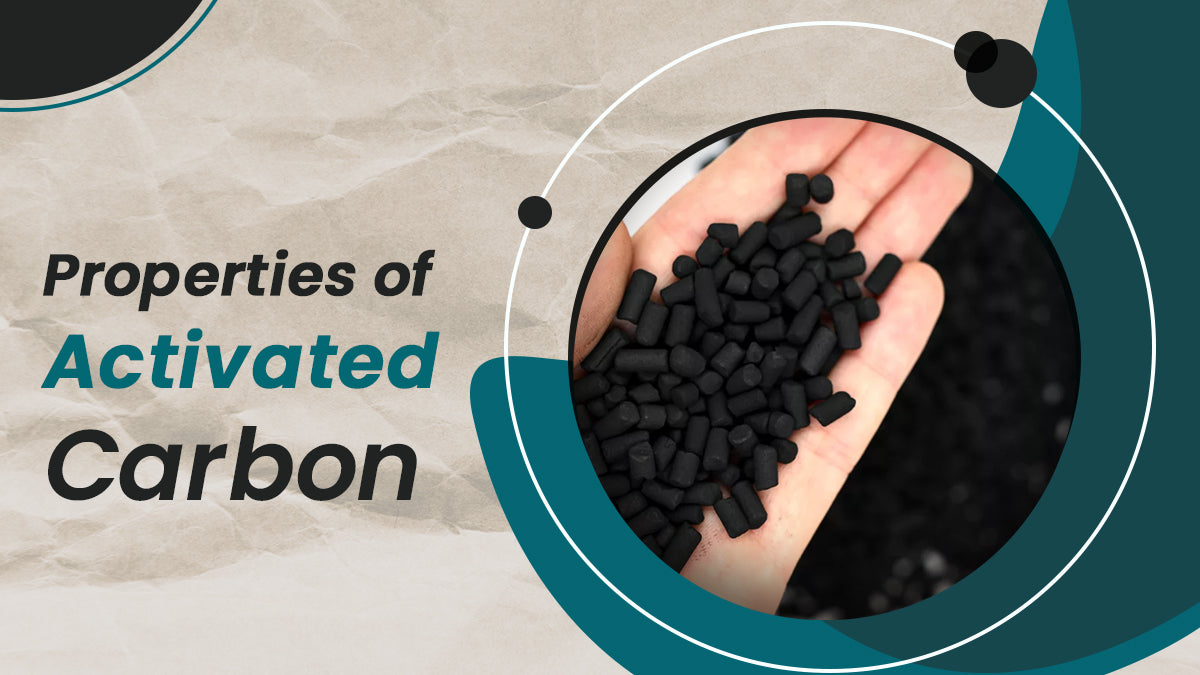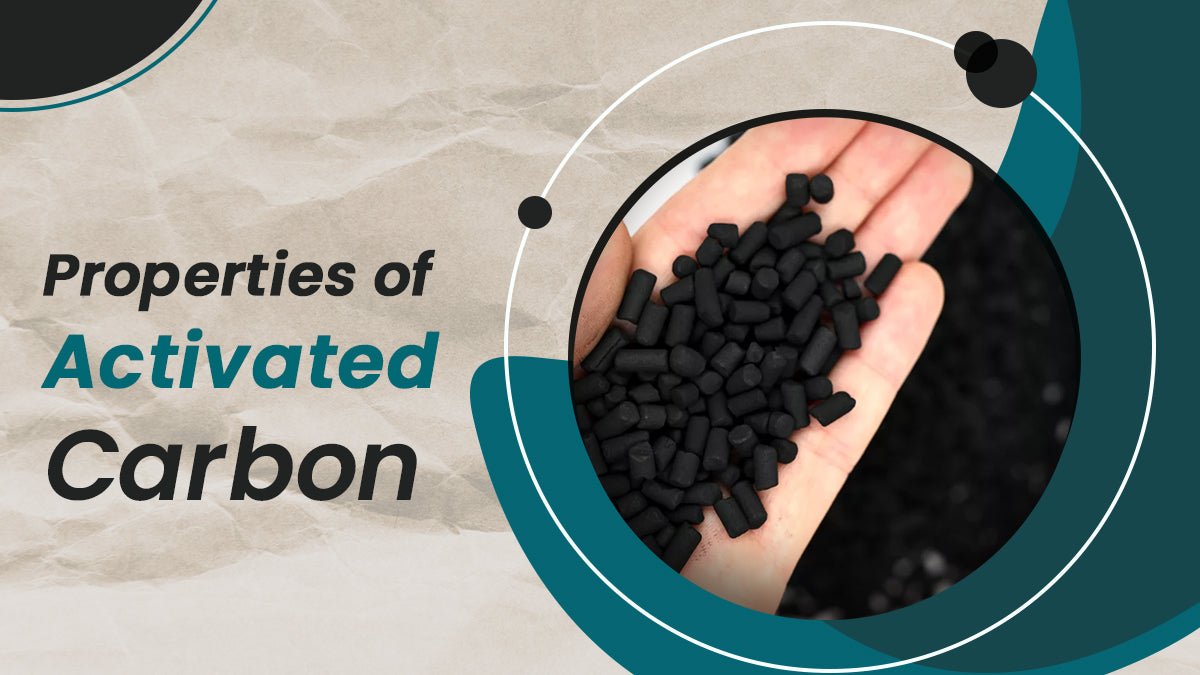 Activated carbon powder is a form of carbon that has been processed to have low-volume pores that increase its surface area to give it enhanced absorption and chemical reaction. Due to the high porous feature, if you purchase activated carbon of 1 gm, it will have a surface area of almost 3,000 m2. Activated carbon has sufficient surface area with which the applications can commence, and further chemical reactions may enhance its absorption properties.
Activated carbon powder is a form of carbon that has been processed to have low-volume pores that increase its surface area to give it enhanced absorption and chemical reaction. Due to the high porous feature, if you purchase activated carbon of 1 gm, it will have a surface area of almost 3,000 m2. Activated carbon has sufficient surface area with which the applications can commence, and further chemical reactions may enhance its absorption properties.
Classification Of Activated Carbon
Activated carbon can be classified in a number of categories based on its composition, uses and applications. Activated carbons are complex compounds which can be difficult to classify on the basis of their surface features, behavior, and other basic criteria. However, some broad classifications made on the basis of their application, size and preparation methods.
-
Powdered Form
Activated carbon powder is the most common form present and has a large surface to volume ratio with minimum diffusion distance. The powdered form is obtained by crushing the carbon granules, which are then passed through special processes to make it a fine powder. Purchasing activated carbon powder by a user depends on applications like water filters, rapid mix basing and gravity filters.
-
Granular Activated Carbon
Beside activated carbon powder, the second most commonly occurring category is the grain form of activated carbon. This form is most suitable for absorption of gases and vapors as they diffuse quickly.
-
Woven Activated Carbon
While not exactly like activated carbon powder or in granular form, this is a technological process with which activated carbon is fused with rayon fiber and has carbon filtering capabilities. Due to its different form, it has a unique application that includes odor absorbers, heavy capacitors and in the defense industry.
-
Polymer Coated Activated Carbon
This type of activated carbon is obtained by coating activated carbon with a biocompatible polymer that does not block the pores. The uses are unique to other forms like activated carbon powder or grains as it is useful for hamper fusion. Hamper fusion is a medical technique in which large volumes of blood are passed to remove the toxins present using absorption features.
Properties of Activated Carbon
Purchasing activated carbon for industrial and medical uses is based on certain properties that include:
Surface Area: The main property of activated carbon powder is the surface area. In general, higher surface area means higher effectiveness of carbon form. The surface area of activated carbon can roughly be between 500 to 1500 m2/g, and a spoonful of activated carbon has a surface area equal to a soccer field. The surface area is created during the process of activation in which higher temperatures burn holes in carbonized raw materials. This produces multiple holes and pores in the carbon matrix, and phosphoric acid is used to build a porous system.
Pore Volume: Purchasing activated carbon is also based on the physical property of pore volume. It refers to the space inside a particle of activated carbon powder. Higher the pore volume, higher will be the effectiveness of activated carbon. However, if the size of the pores does not match the molecules to be absorbed, certain pore volumes will not be utilized.
Pore Radius: This refers to the radius of the pores that are often measured in angstroms and differs by type as the pore radius of activated carbon powder will be different from that of a grain.
Iodine Number: Standard testing is done during the surface area estimation of an activated carbon powder by measuring iodine absorption at a given set of conditions and reported in mg I2 absorbed per gram of carbon.
Mesh Size: Purchase of activated carbon grains has mesh size that measures to the particle range of the granular product usually reported as sieve openings in activated carbon material.
Abrasion Number: Measure of the ability of activated carbon powder is also based on the abrasion resistance. This important factor helps to determine the durability of activated carbon product in applications.
Ash Level: It is the measure of non-carbon variants present in an activated carbon powder as all the base materials have certain ash consistency present varying between the material to material.
Conclusion
Many people have a common misunderstanding that activated carbon powder and activated charcoal have differences. Both of these terms are used for the same product with the same properties and applications. The terms are used interchangeably as activated charcoal is a similar word used for activated carbon. The applications of the terms depend on the uses as activated charcoal is used for general usage while activated carbon is mostly associated with industrial or manufacturing use. Purchasing activated carbon for any industrial use depends on the properties as mentioned above that determine the durability of the product. Effective usage of carbon is based on how well the properties are present within the activated carbon product.

